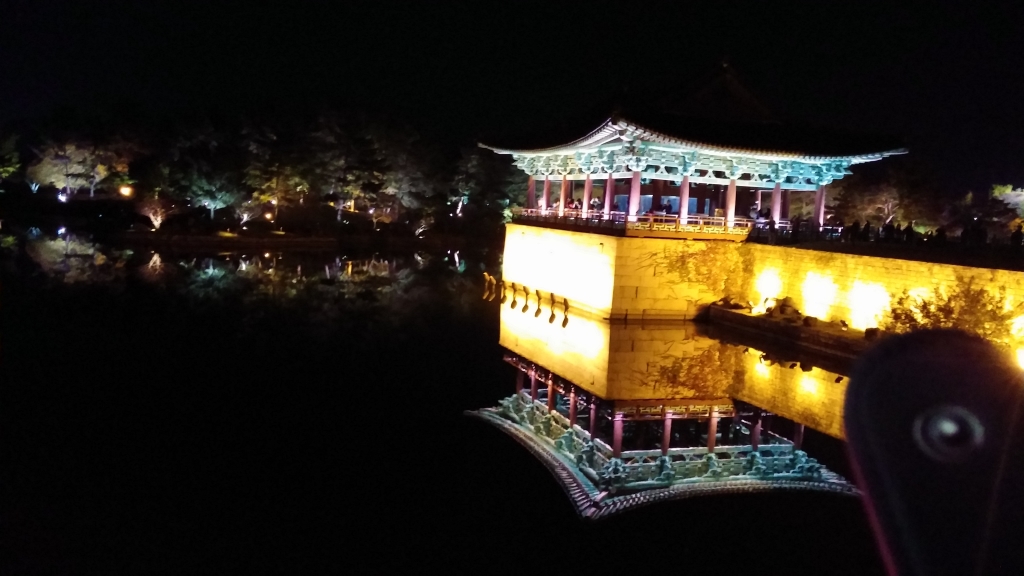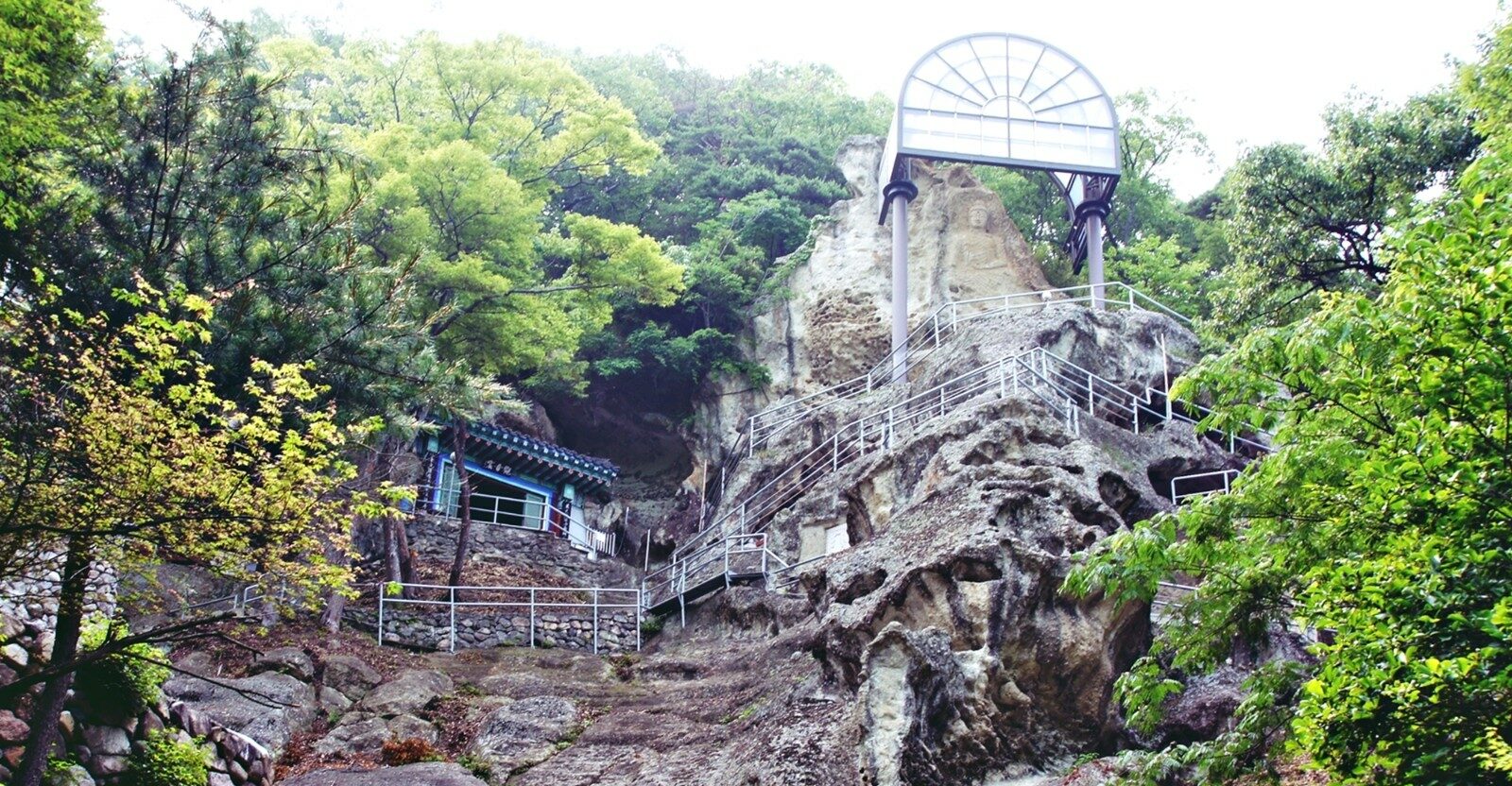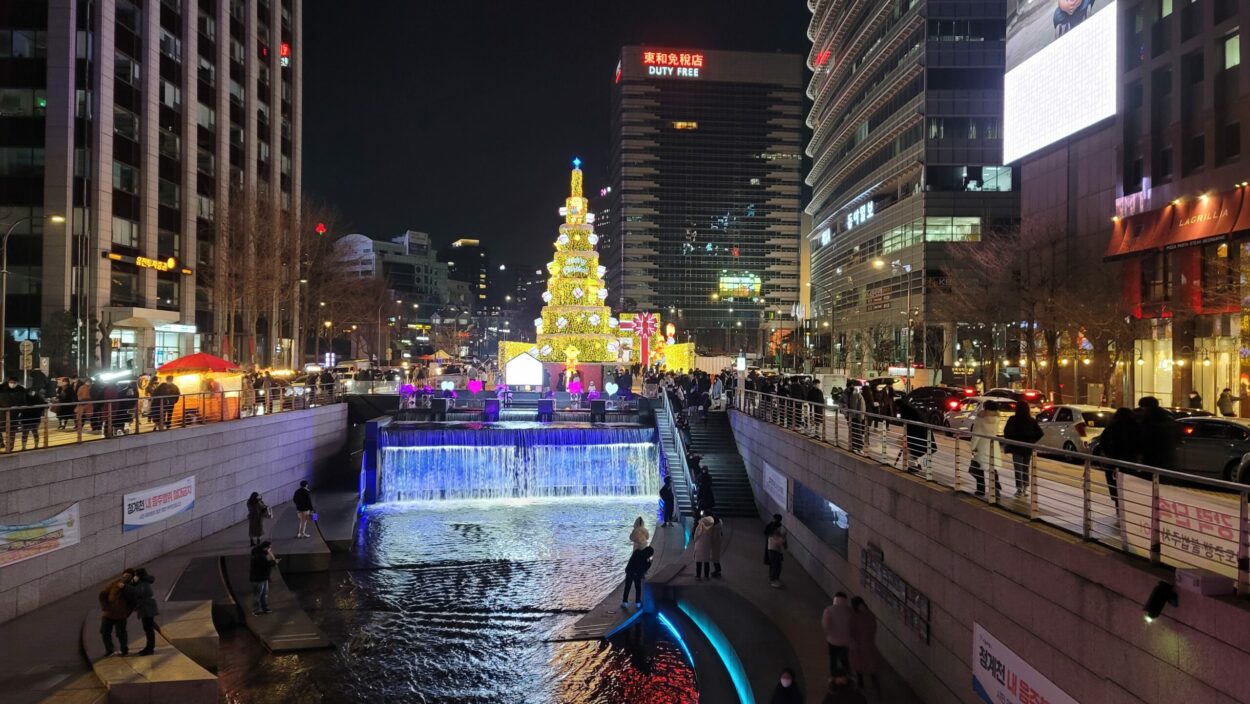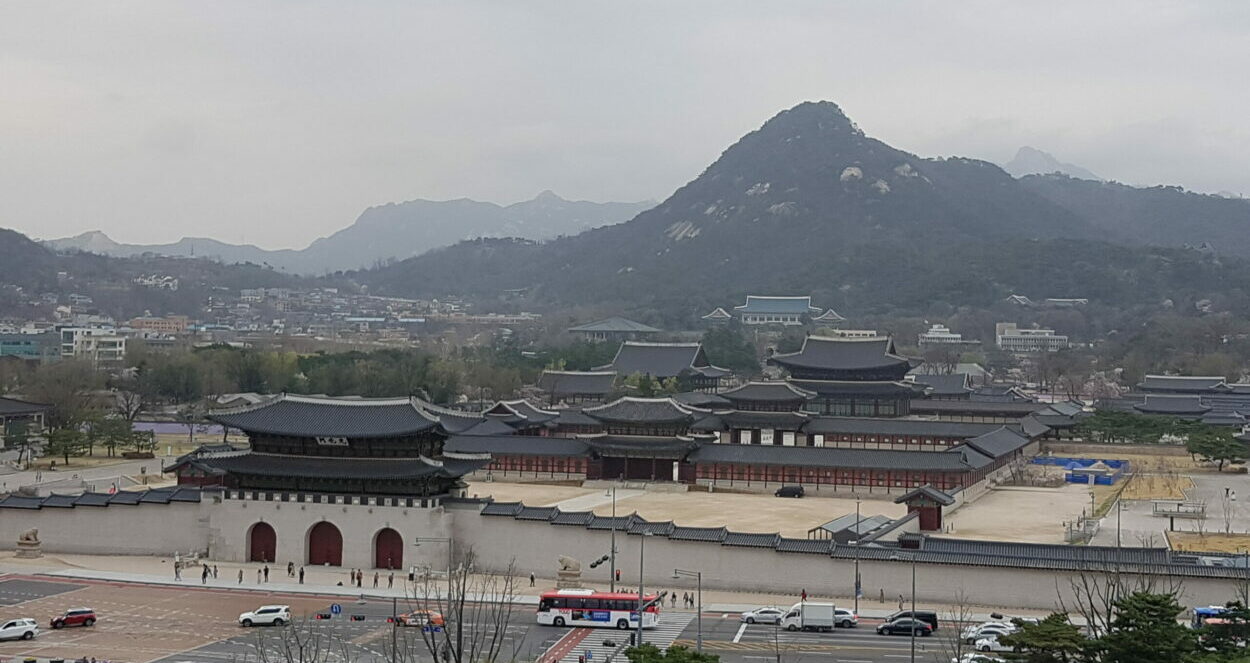In Gyeongju, South Korea’s “museum without walls,” Donggung Palace and Wolji Pond stand as magnificent remnants of the Silla Dynasty (57 B.C. – 935 A.D.). This historical site offers visitors an immersive glimpse into ancient Korea’s royal splendor.
Historical Foundations
Built in 674 A.D. during King Munmu’s reign, Donggung Palace served as the crown prince’s residence and a venue for state ceremonies. The adjacent Wolji Pond, meaning “moon reflecting pond,” enhanced the palace grounds with its natural beauty. According to the Samguk Sagi chronicles, the pond hosted exotic birds and plants, exemplifying Silla’s sophisticated appreciation for natural aesthetics.
Rediscovery and Restoration
Following the Silla Dynasty’s decline, these structures fell into obscurity until their 1970s restoration. Archaeological excavations unveiled thousands of artifacts, including pottery pieces marked with “Wolji,” which led to the site’s official renaming from Anapji to Wolji Pond in 2011.
Architectural Harmony
The palace complex features meticulously reconstructed pavilions and three symbolic islands within Wolji Pond, representing different Korean regions. Scenic pathways wind through manicured gardens, offering stunning views throughout the day. The evening transformation is particularly magical, as illuminated structures create mesmerizing reflections on the water’s surface.
Visitor’s Guide
The site is especially captivating during spring and summer when lotus flowers bloom across the pond. Visitors should plan to experience both daytime serenity and evening illuminations for the complete experience.
Notable Nearby Attractions:
- Cheomseongdae Observatory: Korea’s oldest surviving astronomical structure
- Gyerim Forest: A historic woodland rich in Korean folklore
- Bulguksa Temple: UNESCO World Heritage Site showcasing Silla Buddhist architecture
Donggung Palace and Wolji Pond represent more than historical architecture; they embody the sophisticated culture and artistic vision of the Silla Dynasty. This site continues to captivate visitors with its perfect blend of natural beauty and historical significance.
“Want to visit this place effortlessly? Let us customize your trip!”




